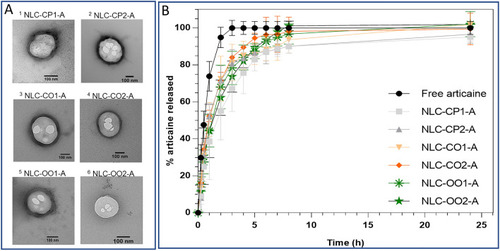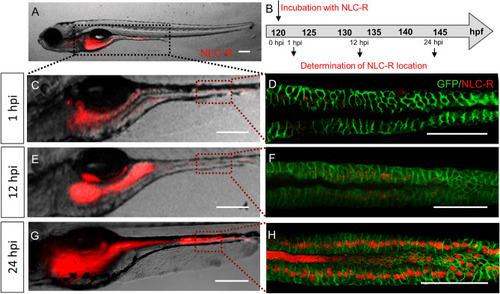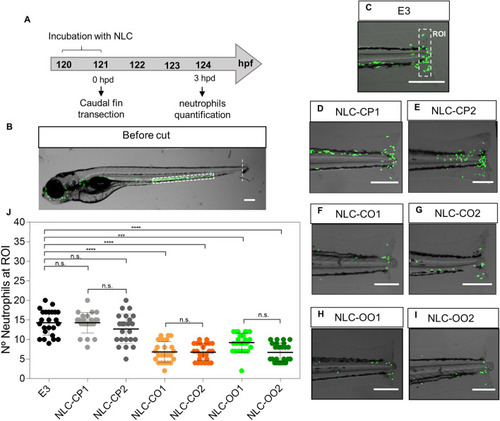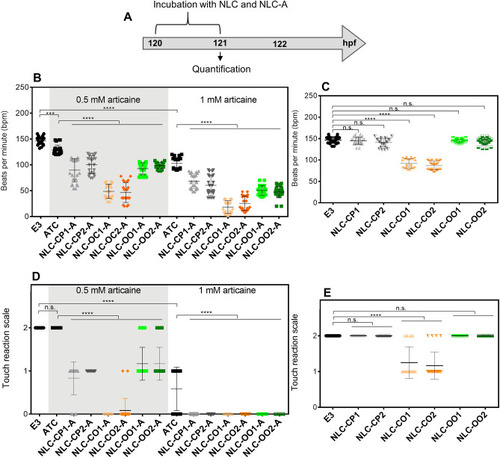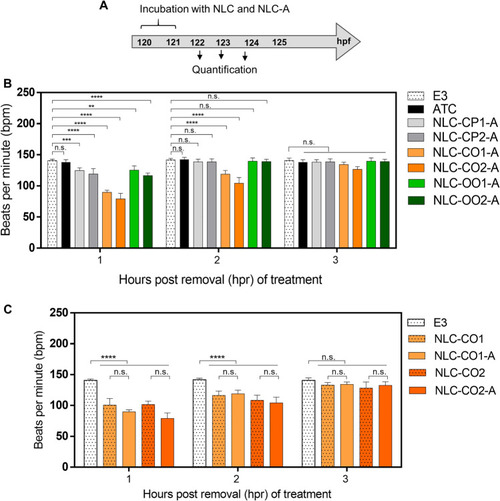- Title
-
Articaine in functional NLC show improved anesthesia and anti-inflammatory activity in zebrafish
- Authors
- Rodrigues da Silva, G.H., Geronimo, G., García-López, J.P., Ribeiro, L.N.M., de Moura, L.D., Breitkreitz, M.C., Feijóo, C.G., de Paula, E.
- Source
- Full text @ Sci. Rep.
|
( |
|
Absorption of NLCs in the larval body. ( |
|
NLC excipients anti-inflammatory activity in zebrafish larvae. |
|
( |
|
Bradycardia recovery. |

